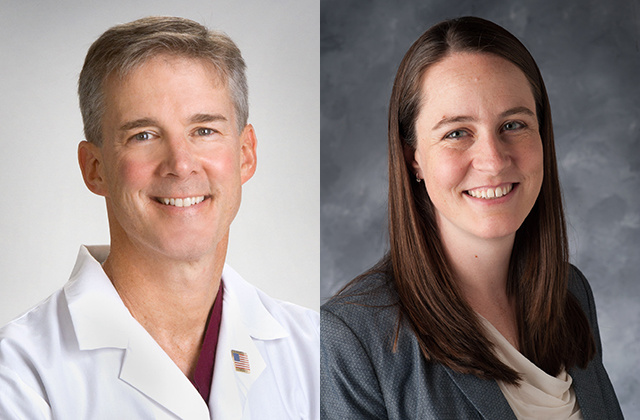Editor’s note: Dr. Matthew Howard is chair of the UI Department of Neurosurgery and has been engaged in inventing and commercializing medical devices since he was a medical student. Jordan Kaufmann has been part of the UI Ventures team since 2015 and has been involved in medical device development for the last 10 years.

University of Iowa Health Care is one the nation’s foremost academic medical systems and excels in conducting groundbreaking research, providing cutting-edge medical care, and training the next generation of health care providers. However, we, like all other academic medical centers, have traditionally had little influence or control over the process of converting our trainees’ and faculty members’ ideas into new, commercially available medical devices and drugs that will improve patient care.
That’s where the UI’s MADE program steps in. MADE harnesses the existing capabilities of faculty and staff, as well as specialized university manufacturing and prototyping facilities, to create a “virtual” medical device company. MADE provides a system for bringing innovative—but inexpensive—medical inventions into production and uses a web-based distribution system, minimizing cost. This novel program enables trainees and faculty to learn first-hand the process of translating creative ideas into devices that improve patient care, making use of low-cost inventions that large, for-profit medical device companies don’t often invest in.
The program is already working on the first three devices. They include an anesthesia invention for improving intubation, surgical scissors, and an ophthalmological tool that will help physicians to more easily and safely examine structures around a patient’s eye. Each of these products was created by UI clinical faculty, and each was the product of collaborative Hawkeye efforts. The intubation tool was produced with the help of GAP funding from the UI Office of the Vice President for Research and Economic Development, as well as students in the biomedical engineering program; UI neurosurgery residents contributed to the development of the surgical scissors; and the ophthalmology tool was manufactured with the assistance of a former UI patient who operates an industrial manufacturing facility in Hiawatha, Iowa.
MADE also serves an educational role. Students participating in MADE gain real-world experience in key facets of the med-tech industry, including FDA regulatory requirements, sales, and marketing. The students coming out of this program will be uniquely positioned to enter the workforce with a coveted set of skills, and the entrepreneurial nature of their education may also encourage some to found their own med-tech startups upon graduation, which will help bolster the local economy and fit with the state of Iowa’s economic-development initiatives.
Establishing this type of program required many individuals and departments to take a leap of faith. It has also required creative thinking and understanding what our limitations actually are versus what we have previously accepted them to be. MADE is made possible by the unique conditions present at the University of Iowa. Not only can work like this be done here, it is being done here. We are in the lead, and we are developing a program that works with our university’s unique strengths. MADE demonstrates what is possible at the University of Iowa now, and it hints at greater achievements to come.